Fear is a universal emotion. It can be triggered by almost anything, from spiders to heights to public speaking. But what makes fear so intense that it’s classified as a phobia? Phobias are an excessive and irrational fear of certain objects or situations that interfere with daily activities. In this blog post, we will explore the symptoms, types, causes, and treatment of phobias to better understand this mental health disorder. We will also learn about how to help someone who is suffering from a phobia and how to seek professional help if needed.
What are Phobias?
Phobias are an intense and irrational fear of something that poses no real threat. People with phobias may go to great lengths to avoid the thing they're afraid of. Phobias can be divided into three categories: specific phobias, social phobias, and agoraphobia.
Specific phobias are an intense fear of a specific thing or situation, such as flying, heights, animals, needles, or enclosed spaces. People with specific phobias usually realize that their fear is irrational, but they're unable to control their anxiety.
Social phobias involve a fear of being judged or embarrassed in social situations. This can include fear of public speaking, meeting new people, or using public restrooms. People with social phobias may avoid social situations altogether or may endure them with great anxiety and distress.
Agoraphobia is a type of anxiety disorder that involves a fear of being in situations where escape might be difficult or help wouldn't be available if things went wrong. Agoraphobia is often thought of as a fear of open spaces, but it can also include a fear of being in enclosed spaces, such as planes or elevators. People with agoraphobia often avoid public places altogether and may even become housebound.
Types of Phobias
There are many different types of phobias, and they can be classified in a number of ways.
One way to classify phobias is by their trigger – that is, what they are afraid of. Common triggers for phobias include animals (arachnophobia, ophidiophobia), natural phenomena (claustrophobia, agoraphobia), blood or injections (trypanophobia), and heights (acrophobia). Another way to classify phobias is by their severity.
- Phobias can be mild, moderate, or severe. Mild phobias may only cause anxiety in specific situations; for example, someone with a mild fear of flying may still be able to fly if they have a support system in place.
- Moderate phobias may cause significant anxiety and interfere with everyday activities; for example, someone with a moderate fear of heights may avoid tall buildings or bridges.
- Severe phobias can be completely debilitating; for example, someone with a severe fear of needles may not be able to get vaccinated.
Causes of Phobias
There are many different causes of phobias, and it is often hard to pinpoint the exact cause of a specific phobia. However, there are some common causes that have been identified. These include:
-A family history of phobias or other mental health disorders: If you have a family member who suffers from a phobia or another mental health disorder, you may be more likely to develop a phobia yourself.
-Traumatic experiences: If you have experienced a traumatic event, such as a car accident or natural disaster, you may be more likely to develop a phobia.
-Stressful life events: stressful life events, such as the death of a loved one or losing your job, can also trigger the development of a phobia.
-Anxiety and depression: If you suffer from anxiety or depression, you may be more likely to develop a phobia.
Symptoms of Phobias
There are many different symptoms of phobias, and they can vary depending on the individual. Some common symptoms include:
• Intense fear or anxiety in response to the object or situation
• Avoidance of the object or situation
• Physical symptoms such as increased heart rate, sweating, and difficulty breathing
• Panic attacks in response to the object or situation
If you experience any of these symptoms in response to an object or situation, you may be suffering from a phobia. If your fear is interfering with your daily life, it is important to seek professional help.
How to treat Phobias
There are several ways to treat phobias depending on the severity of the symptoms. For mild cases, self-help methods such as relaxation techniques may be effective. For more severe cases, exposure therapy (gradually exposing yourself to the object or situation you're afraid of) is often recommended by therapists. In some cases, medication may also be prescribed to help relieve anxiety symptoms.
With our offerings in line with government-mandated prices, Maxlab offers full body checkup packages that cover an exhaustive list of tests for a comprehensive diagnosis of your health. Choose from a range of health test packages based on your needs.
Conclusion
We hope this article has provided you with an understanding of phobias, their symptoms, types, causes and various treatments available. A fear or phobia can be a debilitating condition for some people and can make it difficult to go about day-to-day activities. If you think that you may be suffering from a phobia, then we strongly recommend seeking professional help from a qualified mental health practitioner who will be able to offer support in managing your fears and anxieties.













 7982100200
7982100200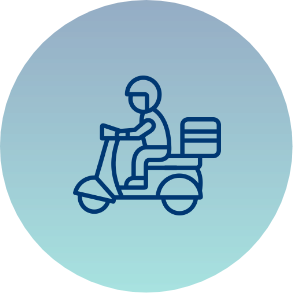

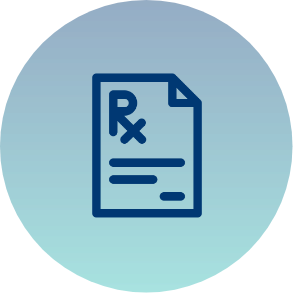
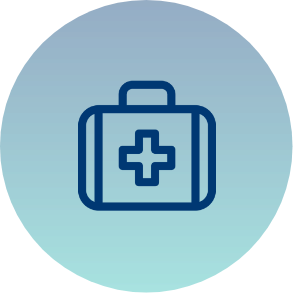
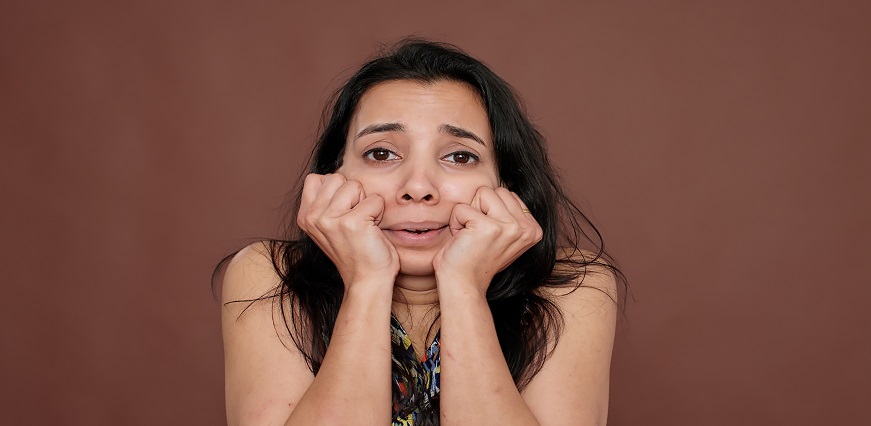





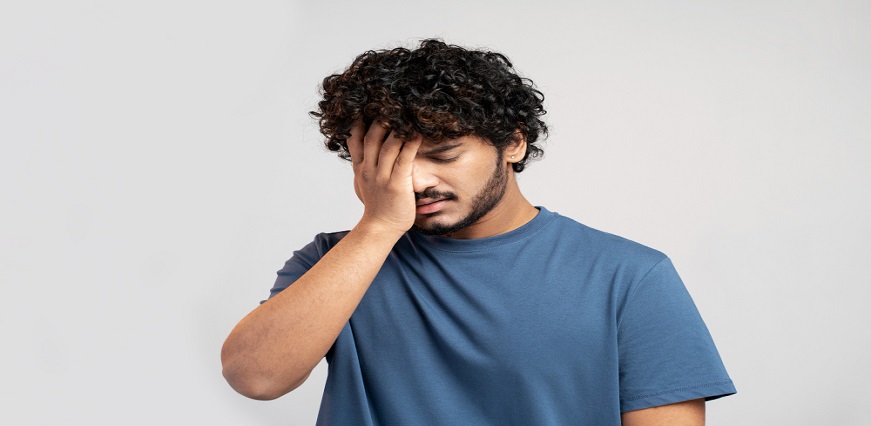
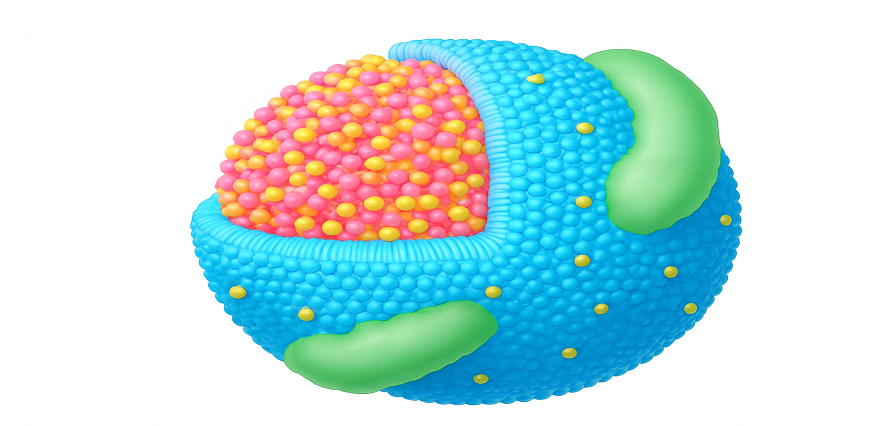

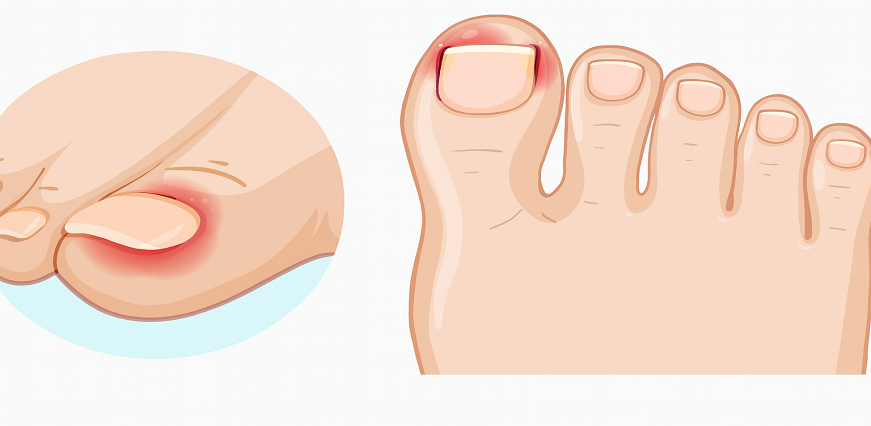
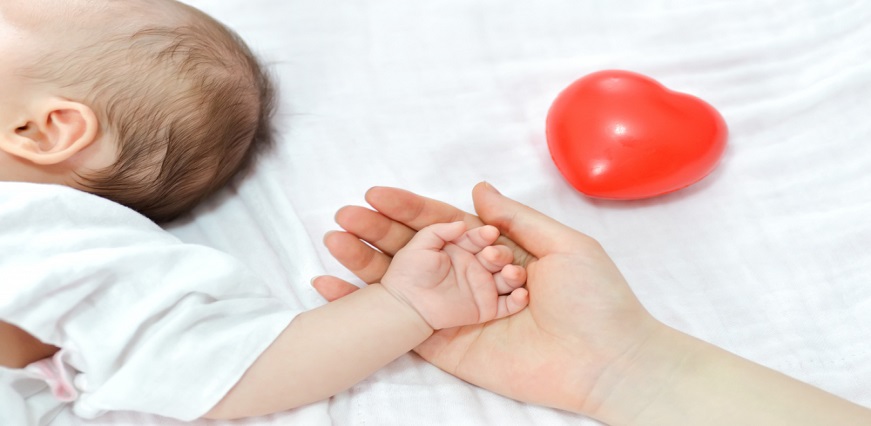









 To reach our help desk call 9213188888
To reach our help desk call 9213188888.png)
Comments
Look for acrophobia test for my labour to perform height test